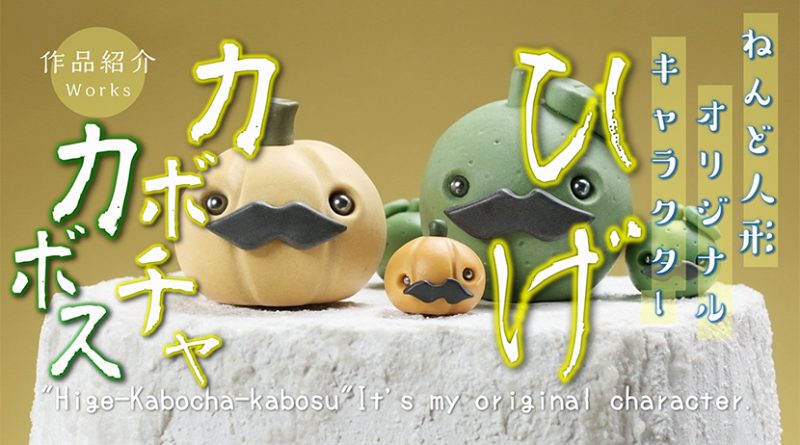「ひげカボチャ&ひげカボス」 樹脂粘土人形作品紹介 10 ”Hige-Kabocha & Hige-Kabosu” My clay doll works
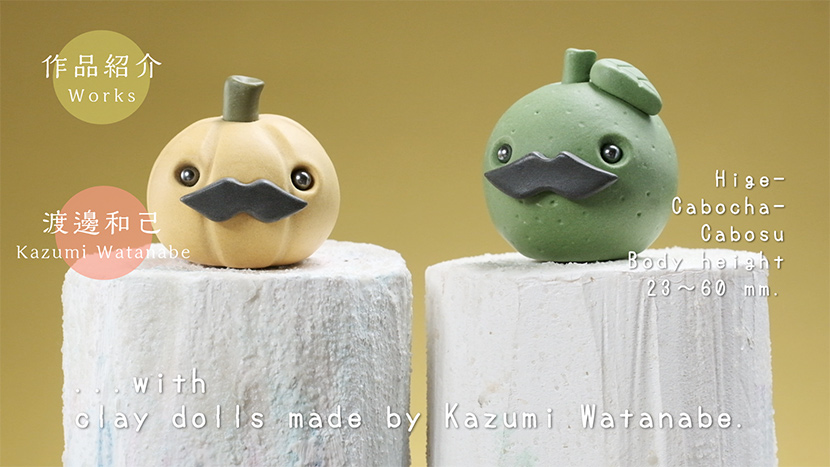
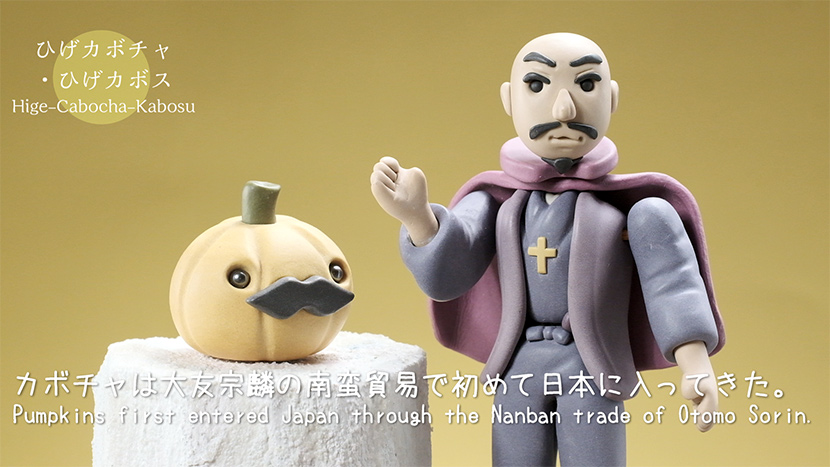
カボチャは大友宗麟の南蛮貿易で初めて日本に入ってきた。
Pumpkins first entered Japan through the Nanban trade of Otomo Sorin.
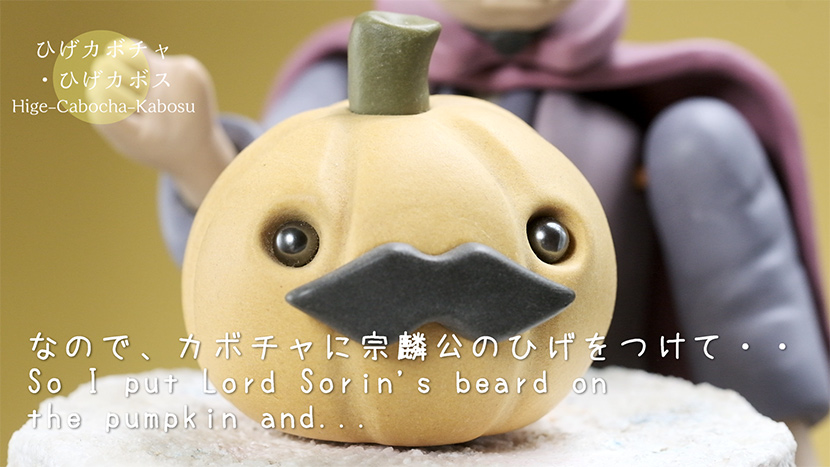
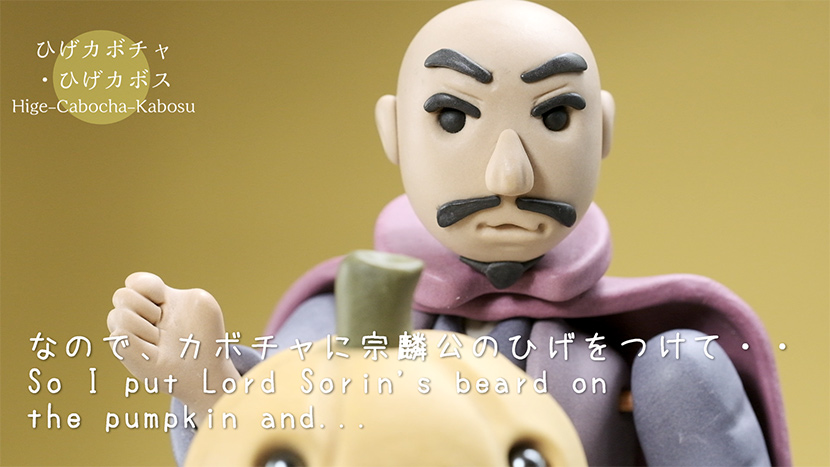
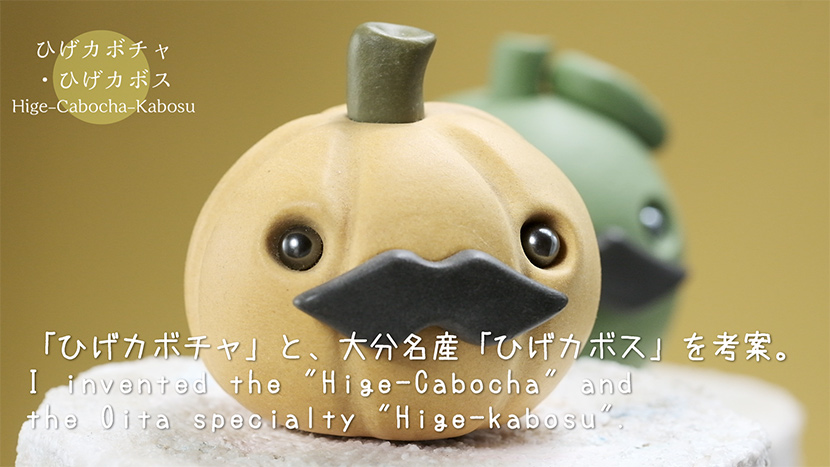
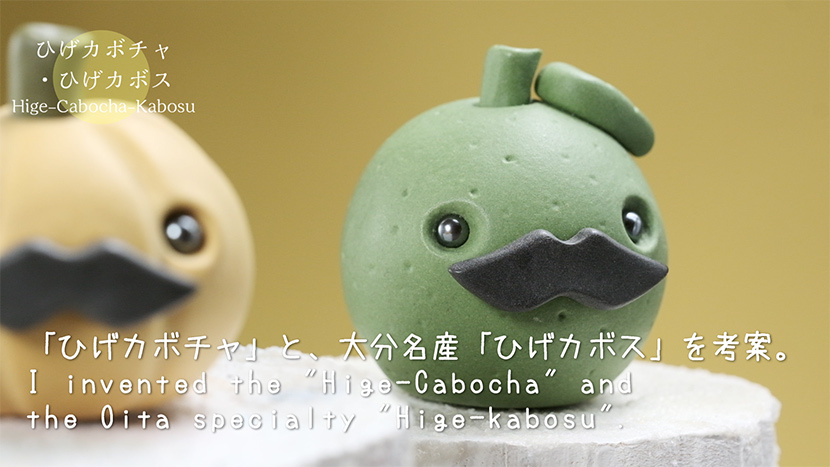
なので、カボチャに宗麟公のひげをつけて、ひげカボチャ」と、大分名産「ひげカボス」を考案。
So I put Lord Sorin’s beard on the pumpkin and I invented the “Hige-Cabocha” and the Oita specialty “Hige-kabosu”.
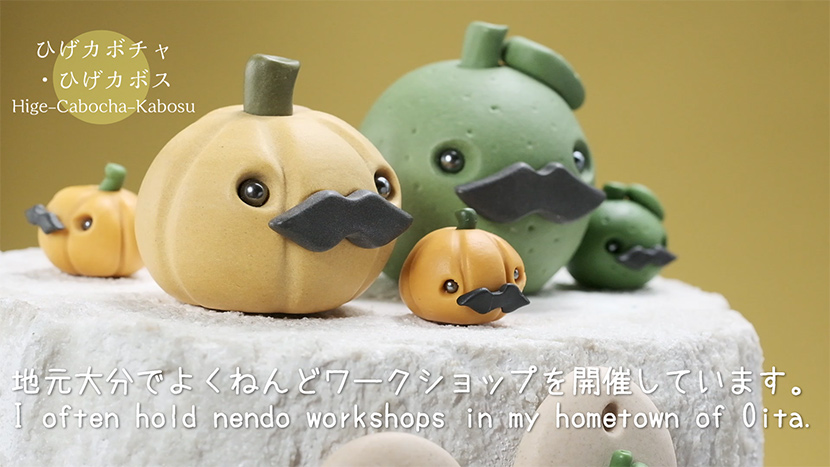
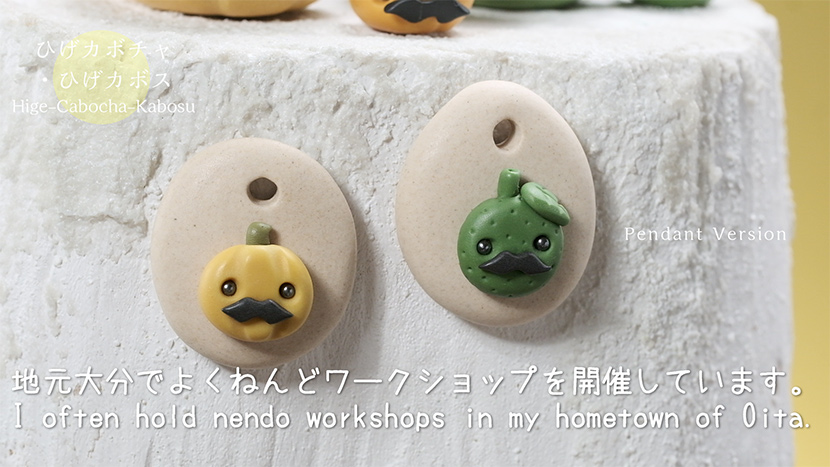
地元大分でよくねんどワークショップを開催しています。
I often hold nendo workshops in my hometown of Oita.
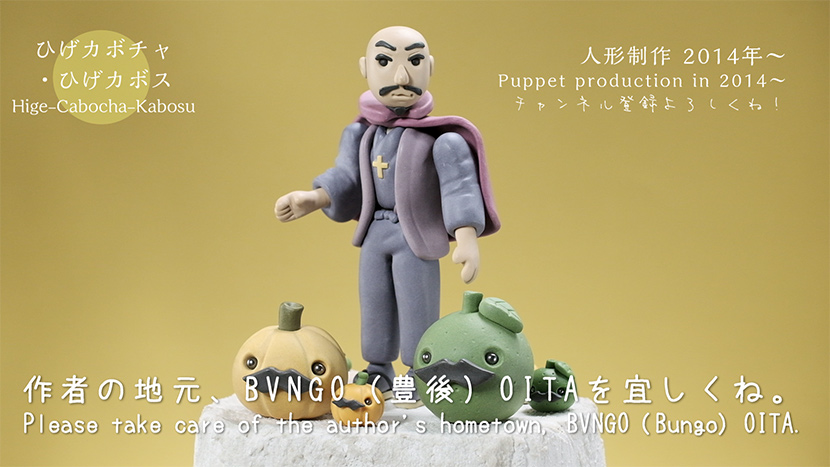
作者の地元、BVNGO(豊後)OITAを宜しくね。
Please take care of the author’s hometown, BVNGO (Bungo) OITA.
“Hige-Kabocha-kabosu” It’s my original character.
Clay dolls made by Kazumi Watanabe.
Hige-Cabocha-Cabosu Body height 23~60 mm.
人形制作 2011年、2014年他
Puppet production in 2011,2014,etc.
動画30秒。
.
–BGM—-
FRANCINES HOT CLUB
royalty free Music by Giorgio Di Campo for @FreeSound Music
http://freesoundmusic.eu
https://www.facebook.com/freemusicfor…
https://youtube.com/freesoundmusic
original video:
https://youtu.be/B-NLqk15ekk
.
<人形を作ること(戦争が終わるまで再掲)>
<My motivation for making dolls (Reposted until the war is over.)>
人形を作り始めた当初(2008年)、日本に伝わる昔ばなし伝承を自分なりに形にしておきたいと考えました。
When I first started making dolls (in 2008), I wanted to give shape to the folktale tradition that has been handed down in Japan in my own way.
大袈裟かもしれませんが、自分たちが今住んで暮らしている土地が、仮に遠い将来に違った形のものになっていたとしても、その土地にかつての先祖代々の方々の「物語」が在ったのだということを、自分にできる形で残しておきたい。
It may be an exaggeration, but even if the land we live on now takes a different shape in the distant future, I want to leave behind in a way that I can, the “stories” of our ancestors that once existed on that land.
東日本大震災を経験し、その数日後から日本神話人形の制作を始め、(人形を作るという行為は、「供養」の意味合いもあるのだろう)と考えるようにもなりました。
After experiencing the Great East Japan Earthquake, I started making Japanese mythology dolls a few days later, and began to think that the act of making dolls could be a form of “memorial service.
今のご時世で、拙人形動画のようなお気楽コンテンツを発信するのは少し躊躇われましたが、日本の有様が変わってしまうという危惧が冗談に聞こえない世の中になってしまいましたね。
In this day and age, I was a little hesitant to send out carefree content like my doll videos, but we live in a world where fears of a change in the state of Japan do not sound like a joke.
なので、自分はやはり自分にできる形でコツコツと伝える活動を、これまでの通りに続けるのだと改めて思いました。(2022.02.26)
So I thought again that I will continue my activities to tell Japanese folktales in the way I can, just as I have been doing so far. (2022.02.26)
